
20-Year-Old Man Suffers Acute Kidney Failure After Eating 30 Grilled Oysters — Doctors Reveal the Shocking Cause
A 20-year-old man from Taiwan was rushed to the emergency room after developing acute kidney failure and septic shock just hours after eating 30 grilled oysters with friends, according to local media reports and statements from gastroenterologist Dr. Yeh Ping-Wei of the Adventist Hospital in Taipei.
🏥 From a Seafood Dinner to the ICU
The patient, who appeared healthy before the incident, began experiencing severe abdominal pain and persistent diarrhea a few hours after returning home from a late-night seafood meal.
His family rushed him to the hospital when his symptoms rapidly worsened — he became weak, dehydrated, and developed a high fever.
“Upon examination, we diagnosed the patient with food poisoning, bacterial enteritis, septic shock, and acute kidney injury,” Dr. Yeh told the Taiwanese health program Doctors Are Hot.
“We immediately administered intravenous fluids, antibiotics, and vasopressors to stabilize his condition. After several days of treatment, he recovered and was discharged.”
🦠 The Real Culprit: Vibrio vulnificus
The doctor confirmed that lab tests revealed infection by Vibrio vulnificus, a dangerous bacterium found in warm seawater and raw or undercooked shellfish — especially oysters.
Vibrio vulnificus is a halophilic (salt-loving) bacterium related to Vibrio cholerae (which causes cholera).
It thrives in brackish and coastal waters where temperatures exceed 13°C (55°F).
According to the U.S. Centers for Disease Control and Prevention (CDC), more than 12 Vibrio species can infect humans, but Vibrio vulnificus is one of the most severe.
“Eating raw or undercooked seafood, particularly oysters, can expose people to Vibrio vulnificus. Even healthy individuals can develop life-threatening infections,” warns the CDC.
🧬 How the Infection Attacks the Body
Once ingested, Vibrio vulnificus can enter the bloodstream through the digestive tract, releasing toxins that damage blood vessels and organs.
In severe cases, this can lead to:
-
Septicemia (blood infection)
-
Septic shock (a sudden drop in blood pressure)
-
Multiple organ failure, including the kidneys and liver
Mayo Clinic (2024) notes that severe Vibrio infections can cause kidney failure within hours if not treated promptly with intravenous antibiotics and hydration therapy.
For individuals with weakened immune systems, liver disease, or diabetes, the risk of death can be as high as 50%.
⚠️ Symptoms to Watch For
Common early signs of Vibrio vulnificus infection include:
-
Severe stomach pain and diarrhea
-
Nausea, vomiting, and fever
-
Rapid dehydration
-
In wound infections: redness, swelling, blistering, and tissue necrosis
If untreated, symptoms can escalate quickly into sepsis or acute renal (kidney) failure, as seen in the Taiwanese case.
“Many patients mistake the initial diarrhea for a simple stomach bug,” says Dr. Yeh.
“But when caused by Vibrio, the infection can progress in just hours.”
🧂 How Infection Happens
There are two main routes of Vibrio vulnificus infection:
1️⃣ Eating raw or undercooked seafood, especially oysters and clams.
2️⃣ Exposure of open wounds to seawater or contaminated seafood.
The CDC warns that even minor cuts can serve as entry points for the bacteria. Once inside the body, Vibrio multiplies rapidly in the bloodstream.
World Health Organization (WHO, 2023) emphasizes that warming oceans and climate change have increased global Vibrio infections by over 40% in coastal regions since 2010.
🛡️ How to Protect Yourself
To reduce the risk of Vibrio vulnificus infection:
✅ Avoid eating raw or lightly cooked oysters and other shellfish. Always cook seafood thoroughly — internal temperature should reach at least 63°C (145°F).
✅ Wash hands with soap and water after handling raw seafood.
✅ Disinfect cuts or scrapes immediately and keep them covered when swimming in seawater.
✅ People with liver disease, diabetes, or weakened immunity should avoid raw seafood entirely.
✅ If you develop fever, diarrhea, or wound infections after eating seafood or swimming in the ocean — seek medical attention immediately.
The CDC estimates that Vibrio vulnificus causes about 80,000 illnesses and 100 deaths per year in the United States alone.
💬 Expert Reminder
“Many people assume grilled or half-cooked oysters are safe,” Dr. Yeh explained, “but unless the meat reaches full cooking temperature throughout, Vibrio bacteria can still survive.”
Even young, healthy individuals — like the 20-year-old patient — can develop severe infections if the bacterial load is high or if their immune response is temporarily weakened.
🧠 Final Takeaway
Oysters are delicious and nutritious, but they must be handled with care.
Whether at a seafood restaurant or a beach barbecue, remember:
Raw seafood carries real risk — and Vibrio vulnificus doesn’t discriminate by age.
Cook your shellfish well, protect open wounds, and when in doubt — choose safety over flavor.
News in the same category

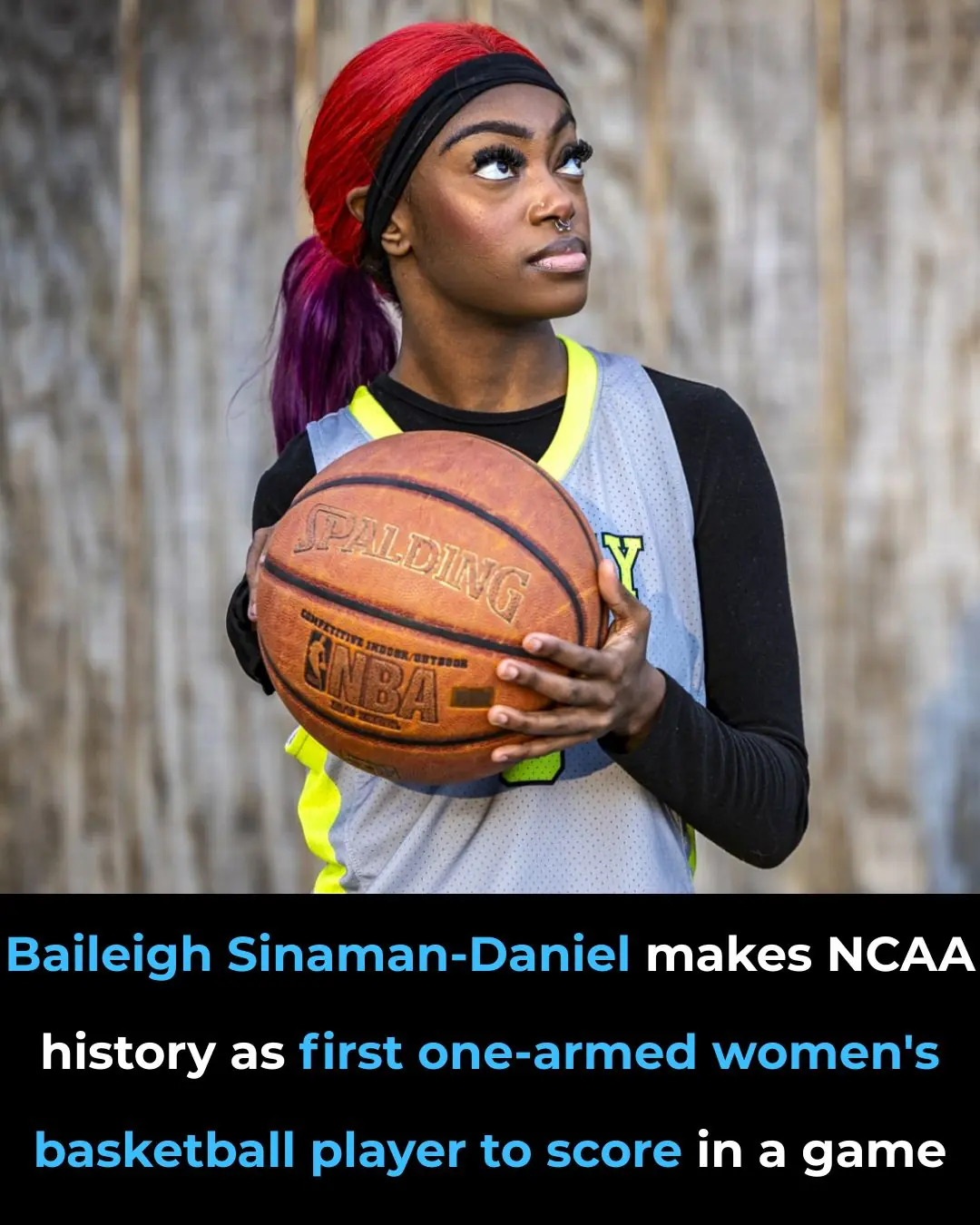
Baileigh Sinaman-Daniel Makes NCAA History as First One-Armed Women’s Basketball Player to Score in a Game

California Teen Goes From Compton To Harvard To Oxford As A Rhodes Scholar

Meet The 26-Year-Old Who Became A Rocket Scientist After She Was Enrolled In An Honors Math Class By Mistake

26-Year-Old Entrepreneur Makes History As Owner Of First Black Woman-Owned Tequila Brand In Texas

Michelle Obama & Brother Craig Robinson to Launch New Podcast Giving Their Opinions on Everyday Life

Lori Loughlin Could Get Nothing From 1997 Prenup That Shields Designer Husband’s $100M Fortune

How to Clean Moldy Refrigerator Gaskets — Sparkling Clean in Just 5 Minutes

Justin Bieber announces 'wild' tech career move that could earn him millions
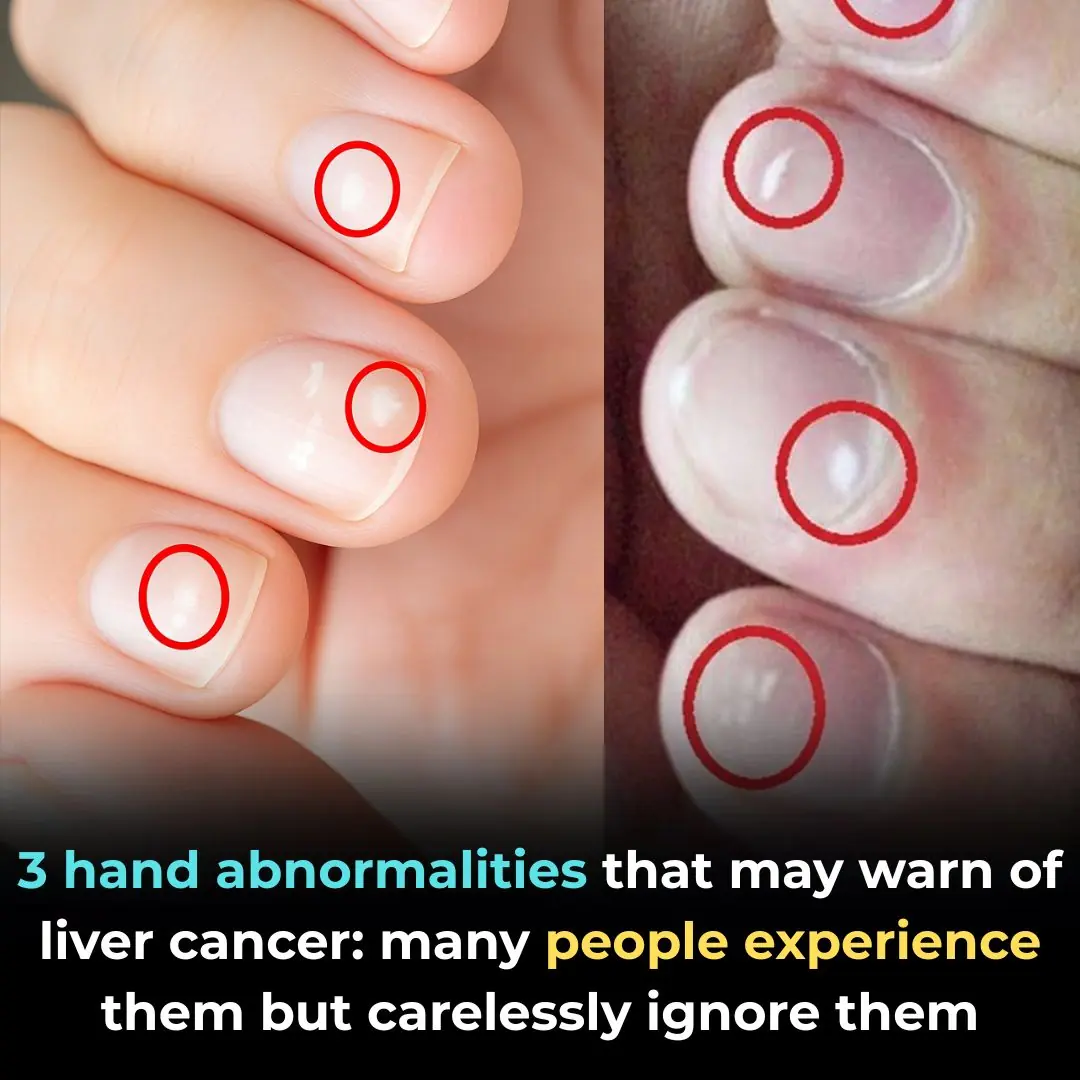
3 Unusual Signs on Your Hands That Could Signal Liver Cancer
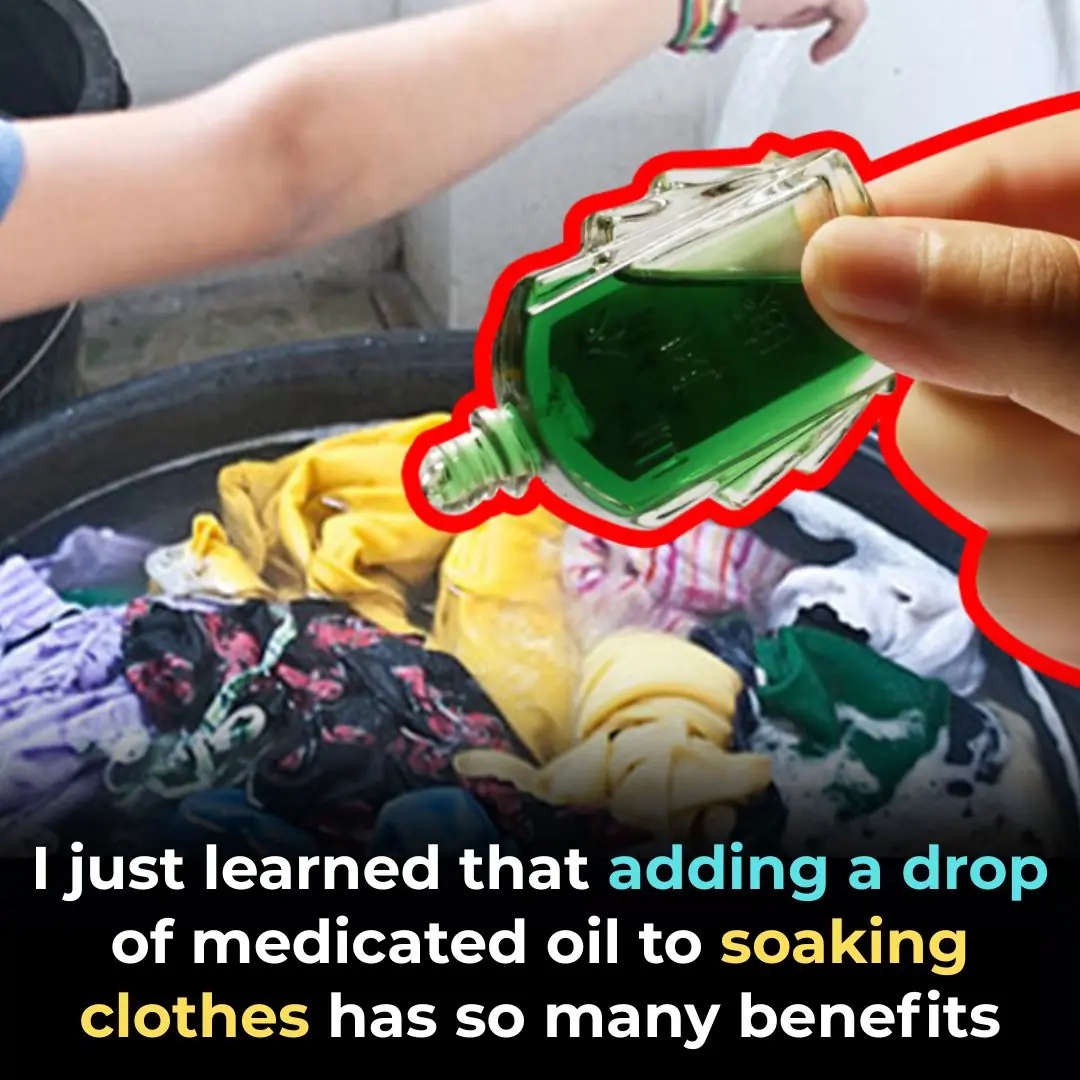
I Just Learned That Adding a Drop of Medicated Oil to Laundry Water Has So Many Benefits
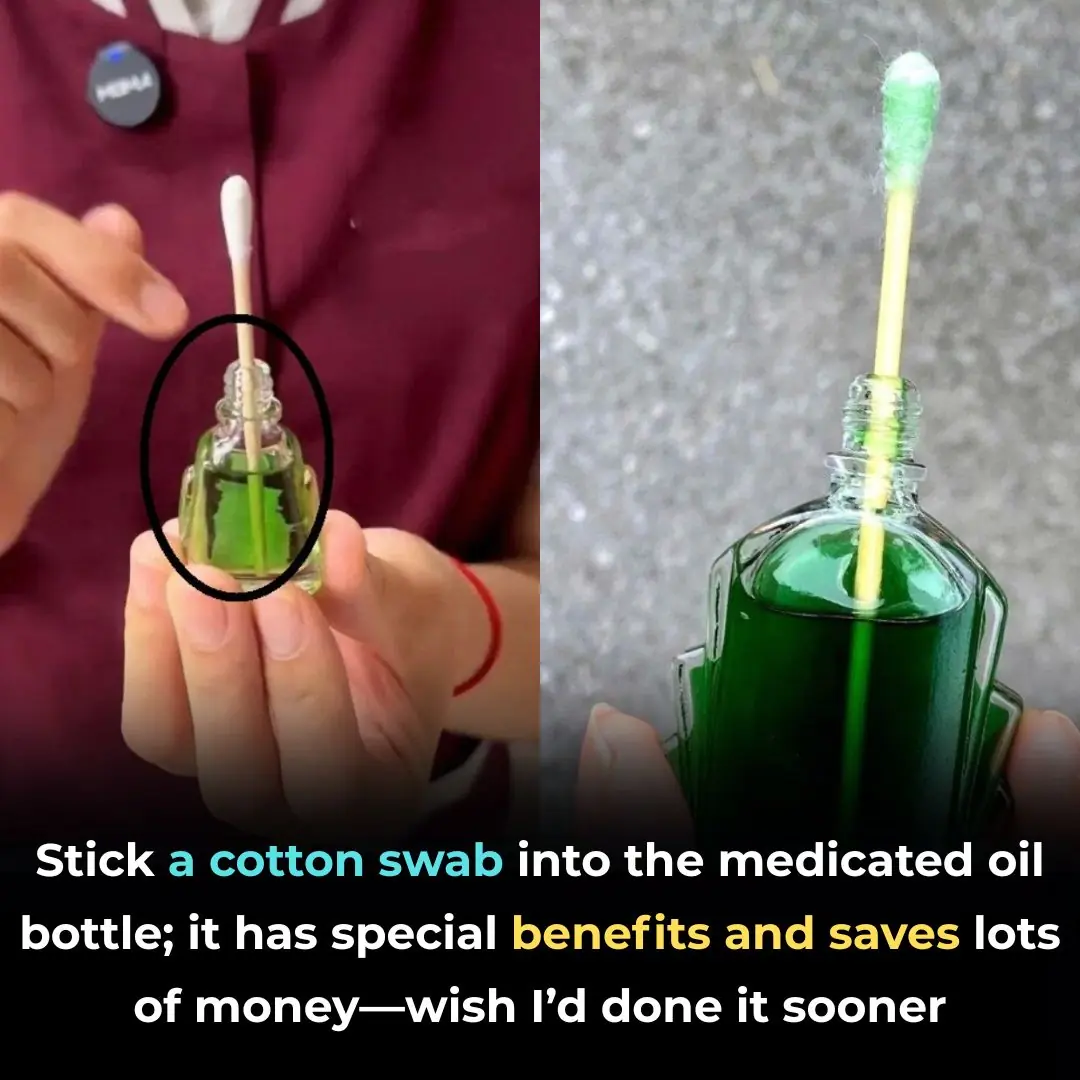
The Unexpected Power of Medicated Oil: What Happens When You Stick a Cotton Swab Inside the Bottle
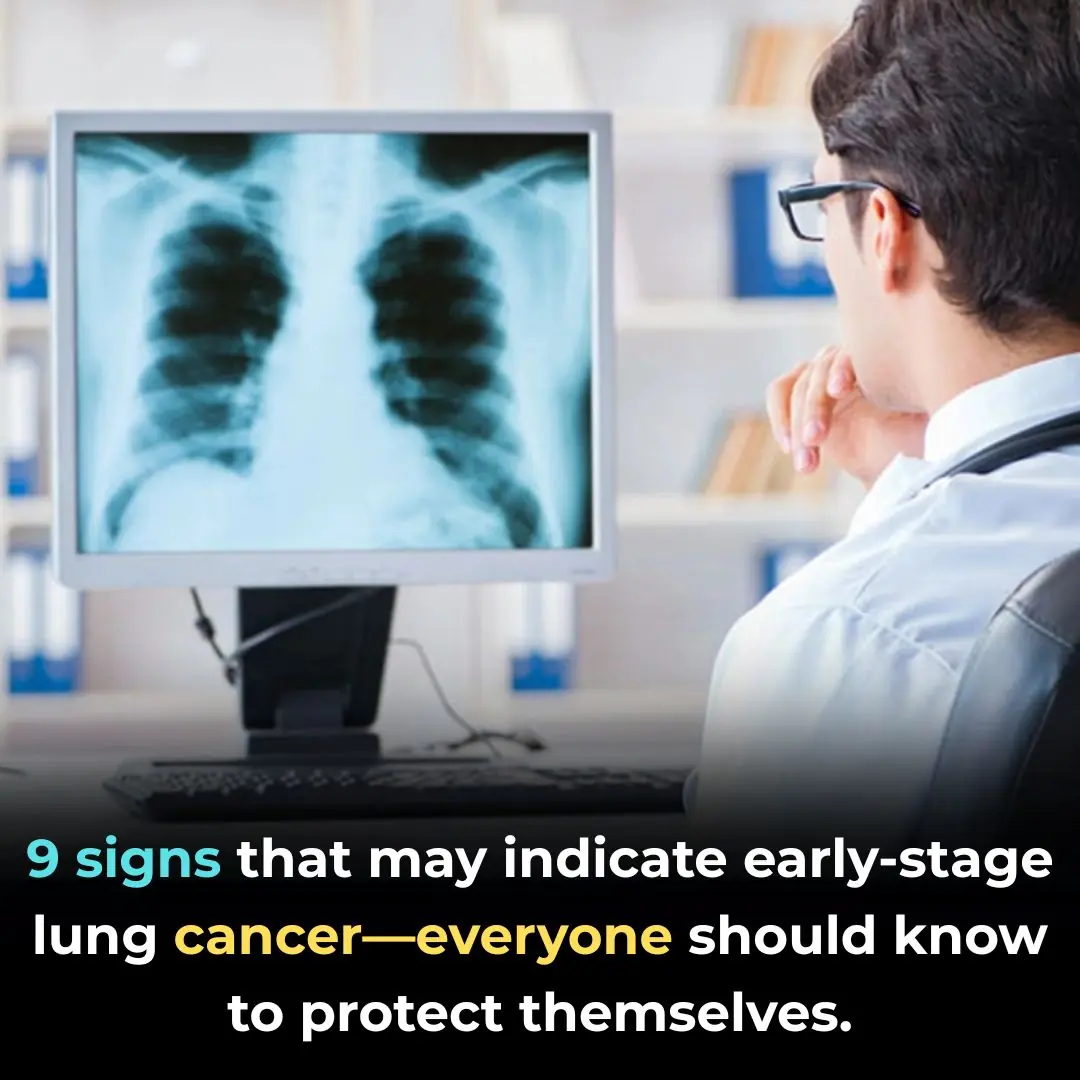
9 Early Warning Signs of Lung Cancer You Should Never Ignore

Warning Signs You Should Never Ignore: When These Symptoms Appear, See a Doctor Immediately — It Could Be Late-Stage Nasopharyngeal Cancer

Why You Should Always Keep a Small Bottle of Medicinal Oil in Your Bathroom

Truth behind K Pop star's bizarre $4.5 quadrillion 'lawsuit' making her richer than Elon Musk

Calls for chess Grandmaster to be permanently banned after he 'harassed' 29-year-old champion weeks before death

8 Natural, Science-Backed Ways to Beat Motion Sickness — No Pills Needed
News Post

“Hope Dies Last”: Parents Plead to Save Their 5-Year-Old Son With ALD

If the beans are cooked quickly, they will be soft and delicious in no time, saving gas/electricity.
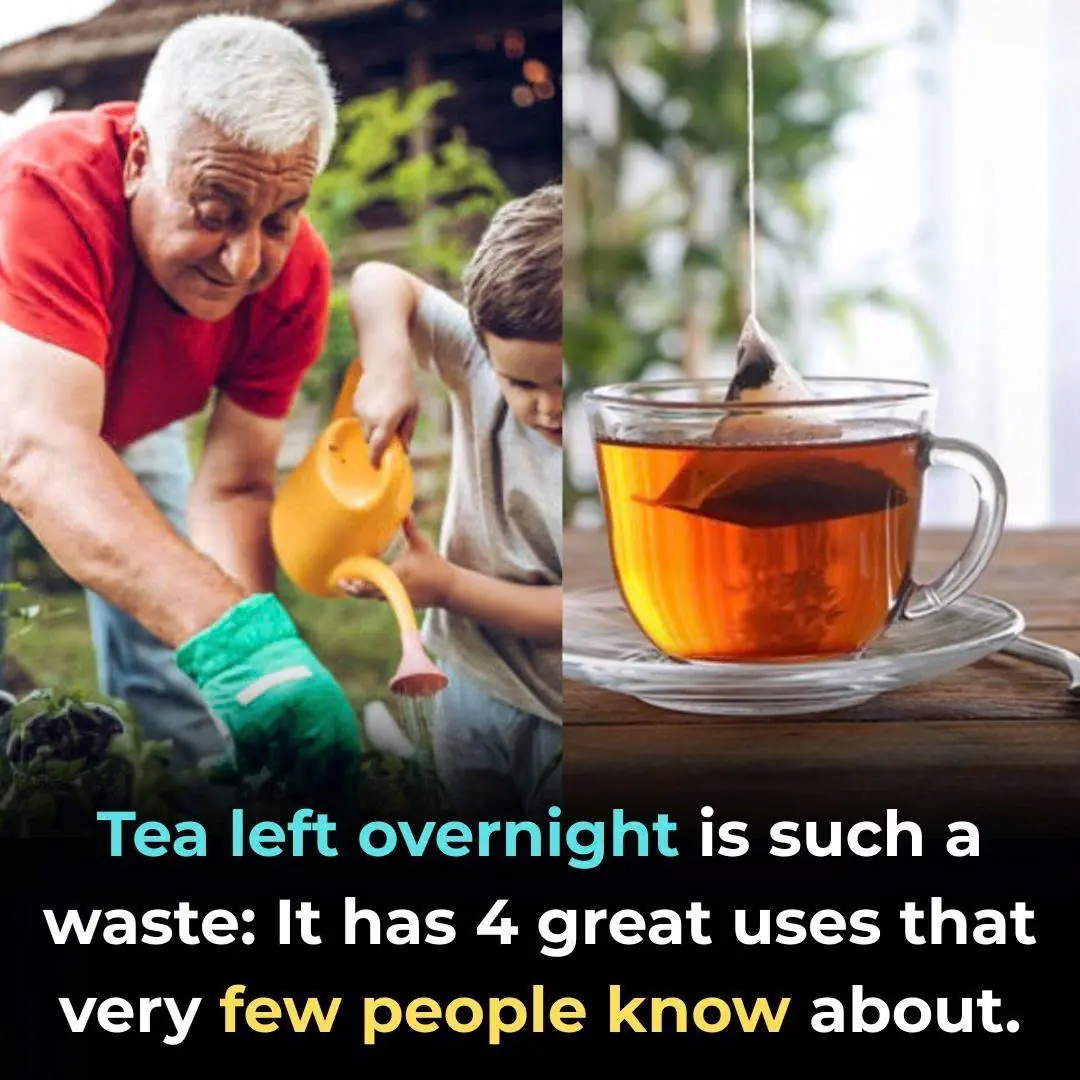
Tea left overnight is such a waste: It has 4 great uses that very few people know about.
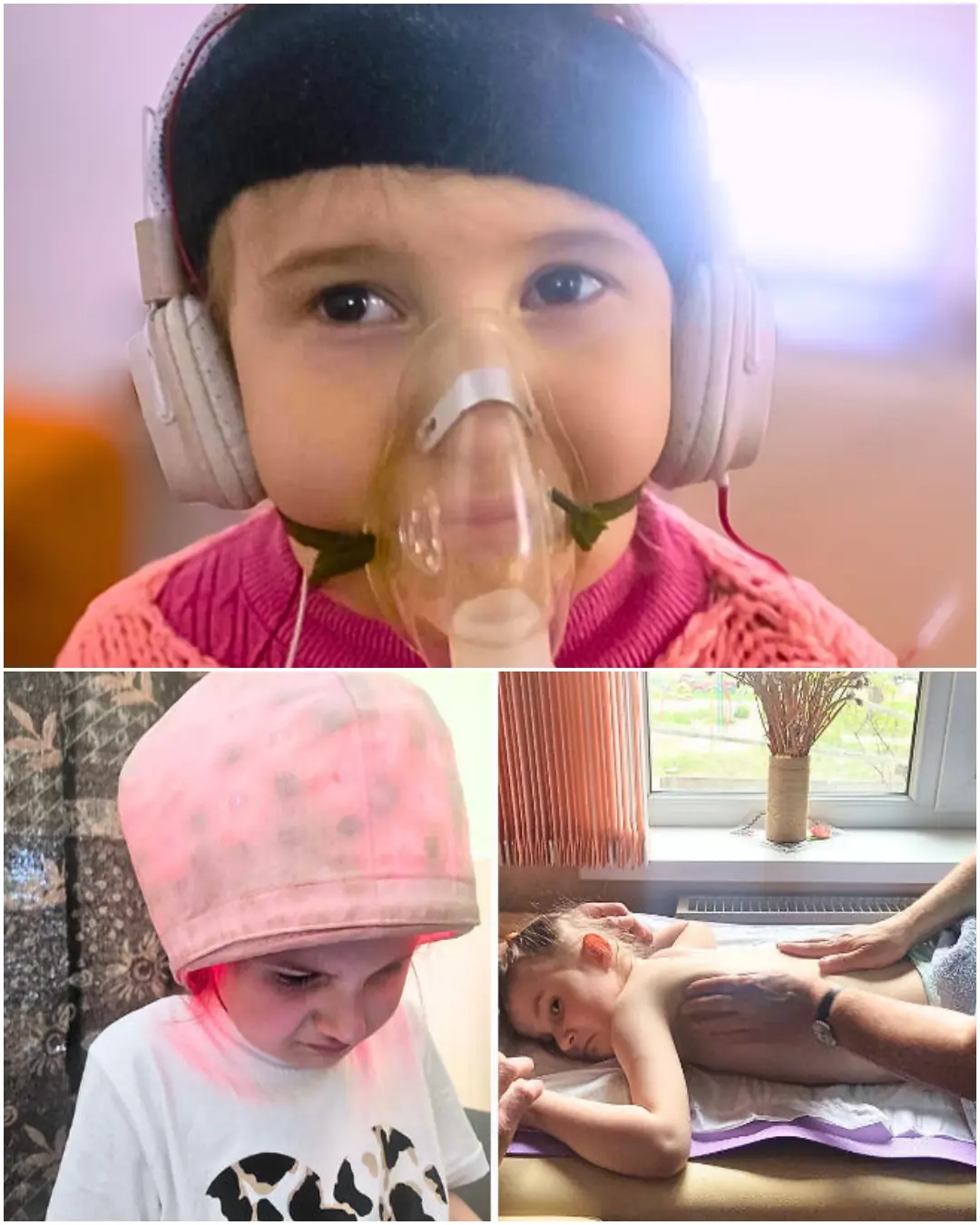
Fighting for Melania: A Childhood Stolen by Pain

Banana flower – from pig food to Asia's number 1 delicacy: Revealing 2 simple ways to make it

Bathroom tiles are often moldy, dirty, and yellowed: Here are 5 cheap tips to help keep your bathroom tiles clean and shiny.
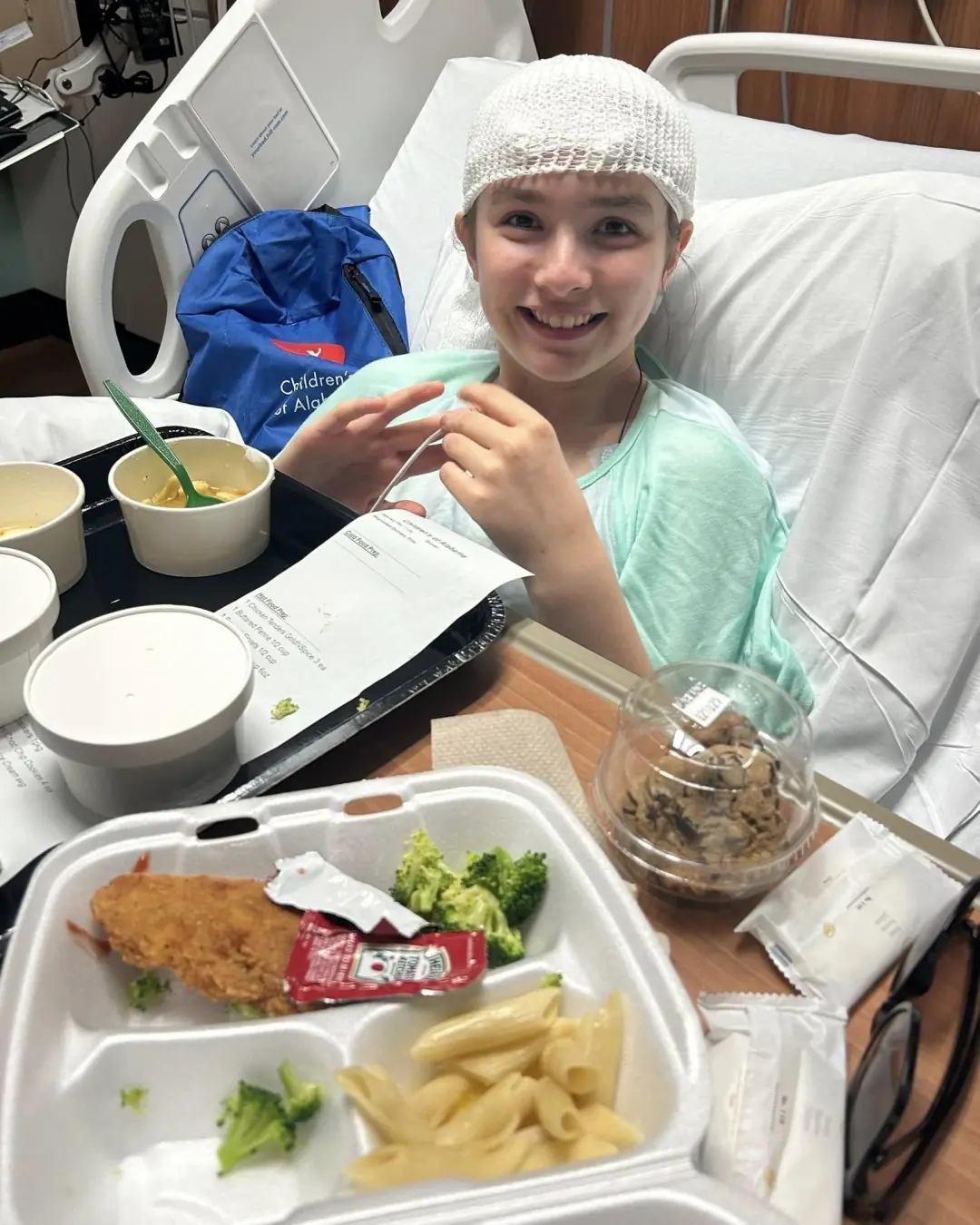
A Mother’s Prayer: Liza Scott’s Ongoing Fight for Answers

How Your Sleep Position Reveals If You’re Lazy
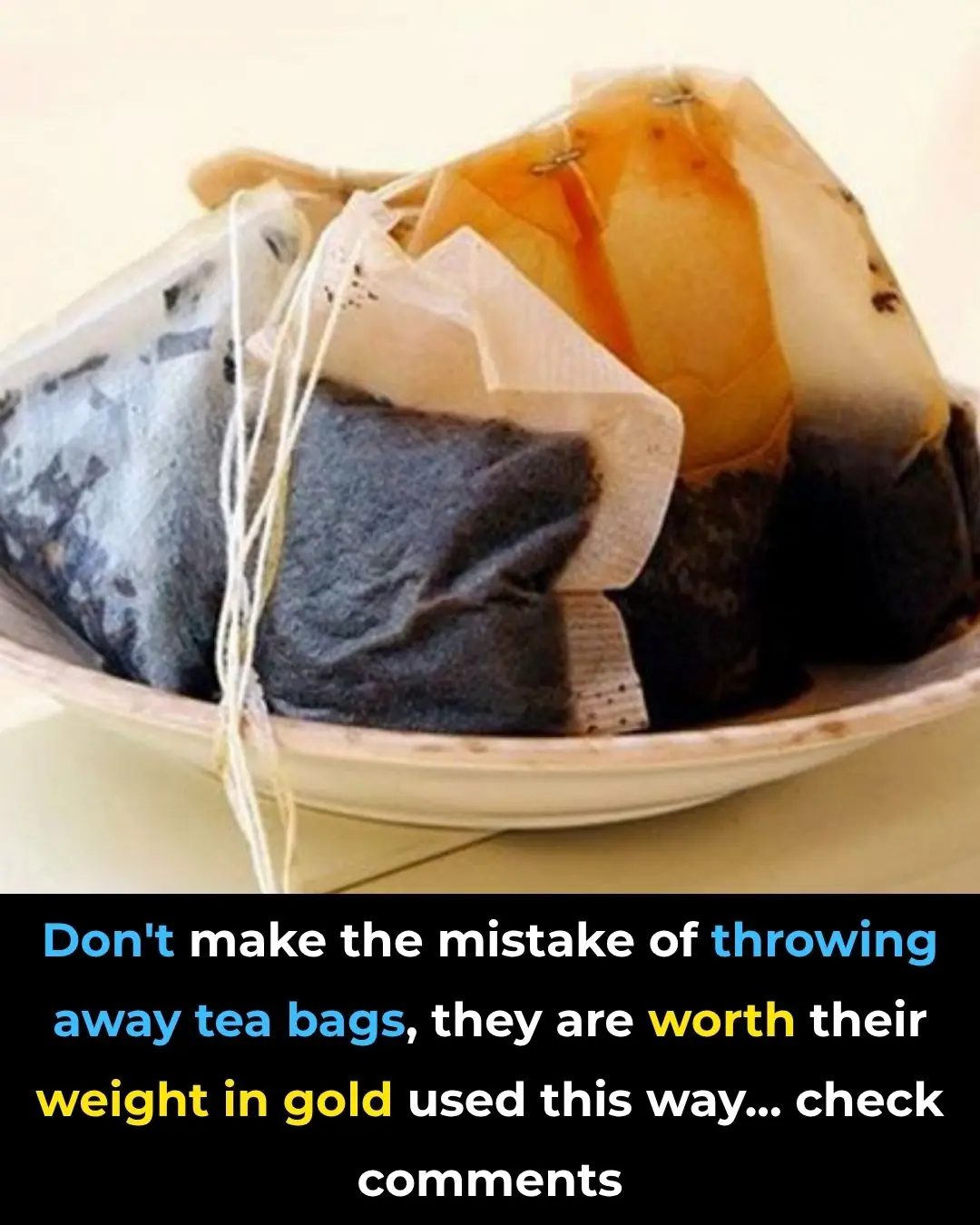
7 Clever DIY Uses for Used Teabags That Will Make You Think Twice Before Tossing Them

When an Elephant Found a Friend: The Story of Nelly and Rocky.

The Day Compassion Was Served Through a Coffee Window.

From Darkness to Growth — How a Garden Saved a Grandson’s Life.

Yarroway – the herb that can save the day

Devotion: The Lions Made of Love and Cardboard

Previously Homeless Veteran and Mother of 6 Becomes A First-Generation College Graduate

Baileigh Sinaman-Daniel Makes NCAA History as First One-Armed Women’s Basketball Player to Score in a Game
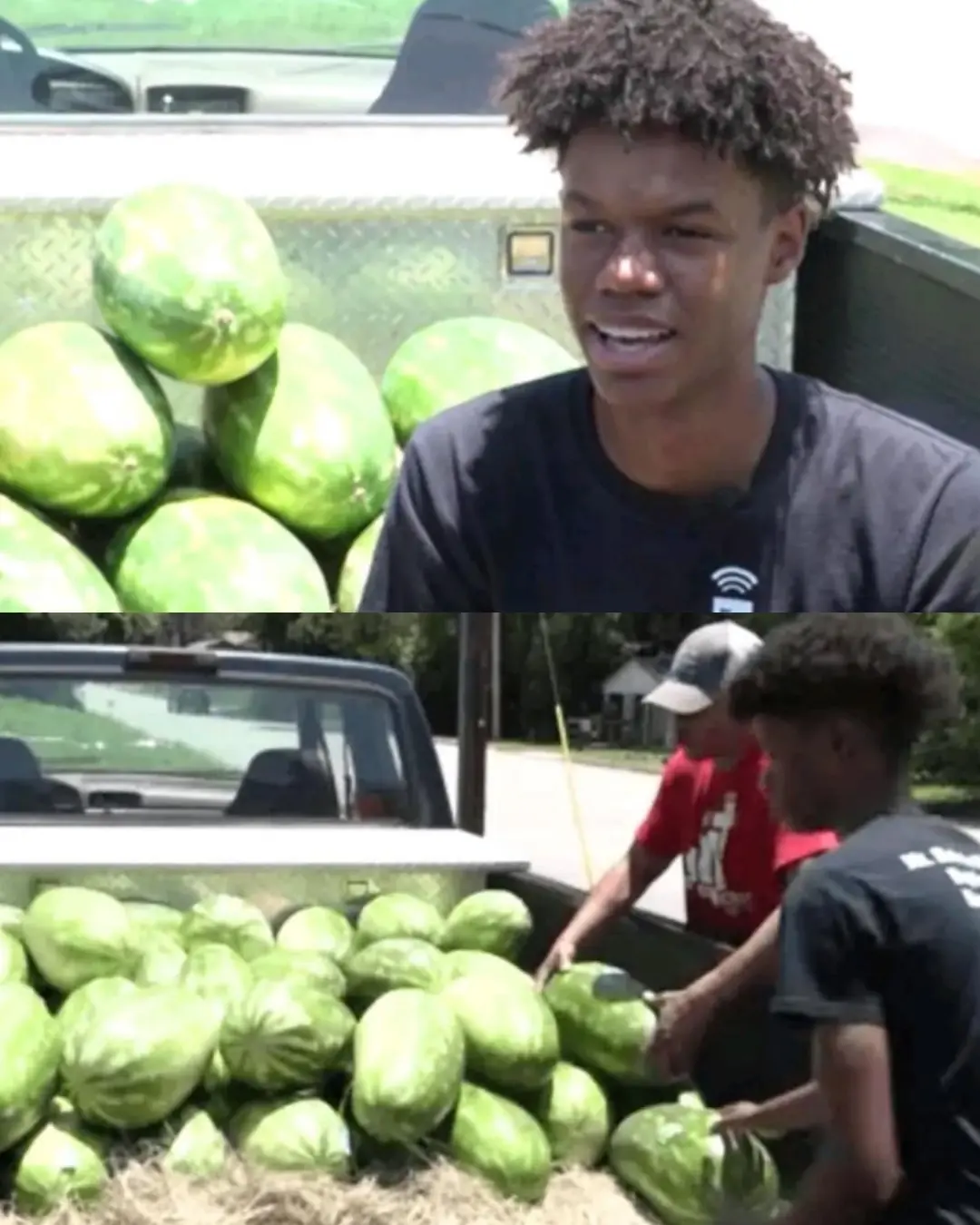
The Teen Who Turned Watermelons into a Dream.

Lenana — The Lioness Who Refused to Give Up.

The Dog Who Chose Home: The Story of Scout.
